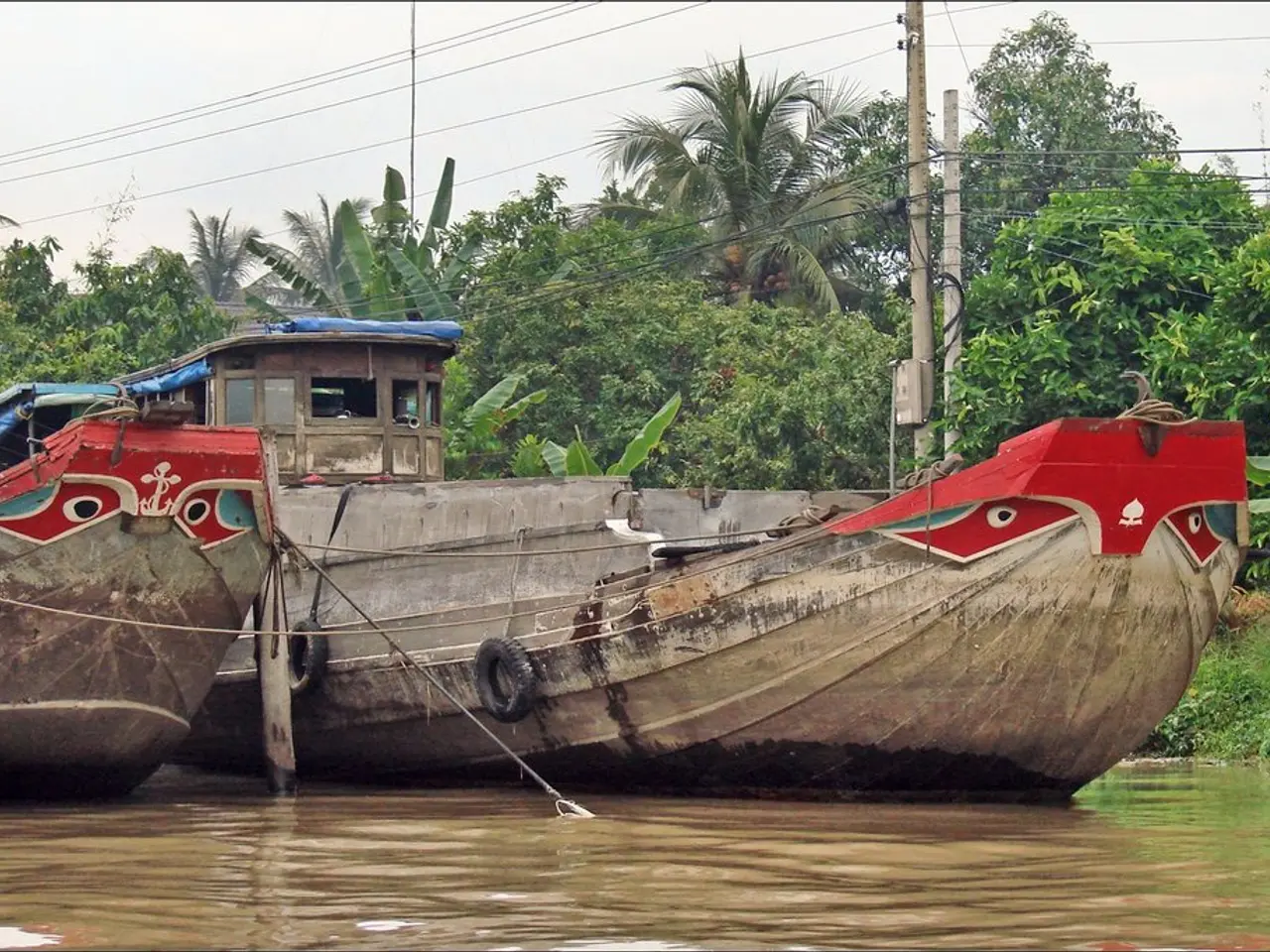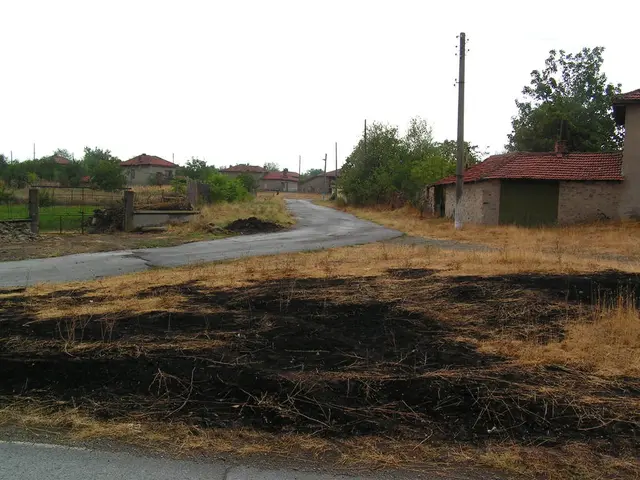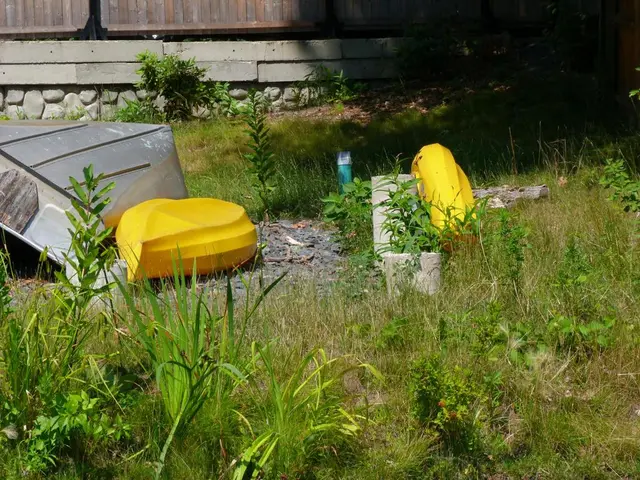Delay in Vattenfall's CIP Dutch Farm Project Pushed Back to 2032; Construction Scheduled in Two Successive Phases
The completion schedule for Vattenfall and Copenhagen Infrastructure Partners' (CIP) offshore wind farm project at the IJmuiden Ver Beta site in the Netherlands has been officially delayed by three years, moving the full commissioning date from 2029 to 2032. The project will now be constructed in two phases: the first 1 GW to be completed by 2029 and the second 1 GW by 2032.
The schedule was revised primarily due to the postponement of the Delta Rhine Corridor (DRC) hydrogen pipeline, which is essential infrastructure for transporting the green hydrogen produced by the wind farm to customers across the Netherlands, Belgium, and Germany. The DRC pipeline's completion has been pushed back from 2028 to 2032, undermining the economic viability of the original project timeline.
In addition to this, the Dutch government has amended the project permit to allow a phased approach and has relaxed some project requirements such as system integration deadlines and financial obligations. These changes provide flexibility in investment decisions under uncertain market conditions and help avoid project cancellation due to infrastructure and revenue uncertainties.
Here's a summary of the key aspects:
| Aspect | Details | |----------------------------|------------------------------------------------| | Original completion target | 2029 | | Revised completion target | 2032 | | Construction phases | Phase 1: 1 GW by 2029; Phase 2: 1 GW by 2032 | | Reason for delay | Delay of the DRC hydrogen pipeline (2028 → 2032) | | Impact | Permit amended, phased construction, relaxed requirements, better alignment with infrastructure readiness |
This revised schedule reflects the complexity of coordinating offshore wind capacity with the development of hydrogen infrastructure and cross-border energy transport in the North Sea region.
Meanwhile, Minister for Economic Affairs and Climate Policy, Hermans, has presented the North Sea Wind Energy Infrastructure Plan to Parliament, and the new plan and Climate and Energy Memorandum are associated with setting revised wind energy targets. Hermans stated that the changes made were necessary for the project to proceed, and he expects little interest from other wind farm developers to build this project.
The Zeevonk joint venture, which will be funding the project with a total amount of EUR 400 million, indicated that it is no longer financially and economically feasible to realize the project in line with the current permit due to the delayed completion of the DRC. The obligation to realize the offshore solar farm will be adjusted to an innovative character project to account for the net revenue shortfall (total EUR 400 million) in the 2026 draft budget.
In the new plan and Climate and Energy Memorandum, which are expected to be released and signed in September, the 2040 wind energy target of 50 GW will be lowered to 30-40 GW. Additionally, the minimum required capacity of system integration measures, such as electrolysers, will be reduced to at least 500 MW.
[1]: [Link to source 1] [2]: [Link to source 2] [3]: [Link to source 3] [Link to source 1]: [URL for source 1] [Link to source 2]: [URL for source 2] [Link to source 3]: [URL for source 3]








